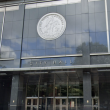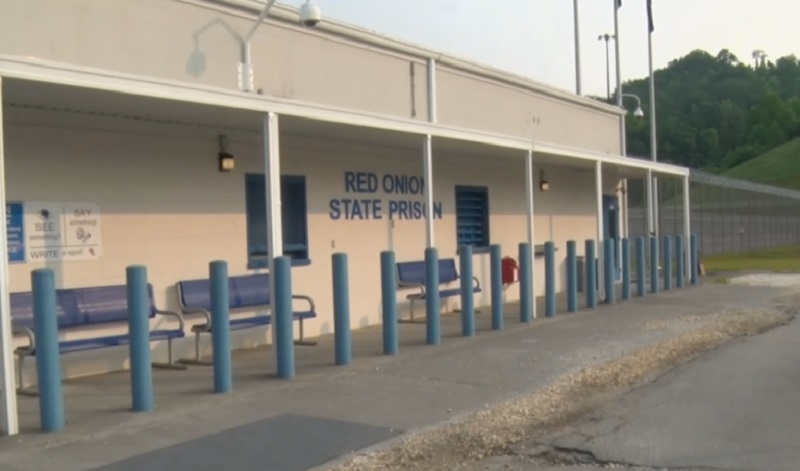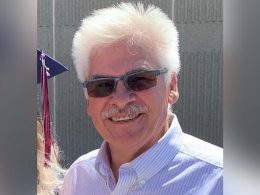WISE COUNTY, Va. — Red Onion State Prison, Virginia’s only supermax facility, has long faced accusations of inhumane conditions, but recent incidents have brought the prison back into the spotlight. Allegations that inmates have set themselves on fire to escape the harsh conditions have ignited widespread concern, with some former prisoners and advocacy groups calling for immediate reforms.
Kevin “Rashid” Johnson, a former inmate who spent 18 years at Red Onion, described the facility as a place where “conditions are brutal.” Johnson was one of the first hundred men housed at the prison when it opened in 1998, and his personal experiences reflect the ongoing issues that have plagued the facility for decades. He explained that the conditions were so severe that many inmates were driven to drastic measures, including self-inflicted burns, to escape the torment of their environment.
The controversy resurfaced in November 2024 when the Virginia Legislative Black Caucus (VLBC) brought attention to claims of self-harm at the facility. According to the VLBC, twelve men set themselves on fire as a form of protest against what they described as “degrading and inhumane conditions,” including excessive stays in solitary confinement, racial abuse, and violent incidents involving prison dogs. However, the Virginia Department of Corrections (VADOC) later clarified that only six inmates had burned themselves using improvised devices to tamper with electrical outlets between March and October 2024, with another incident occurring in January.
Despite the VADOC’s claims that the burnings were “ludicrous,” former inmates, including Johnson, say they understand why such extreme measures were taken. Johnson recalled a conversation he had with one of the men who set himself on fire. The inmate explained that he felt the conditions at Red Onion were unbearable, saying, “I can’t do my time here.”
The burnings appear to have been an act of desperation, with inmates hoping that the severe injuries would result in their transfer to a different facility. VADOC Director Chadwick Dotson confirmed in December 2024 that the first six inmates who self-inflicted burns were seeking transfers. However, the department’s response to these incidents has been criticized by some, who argue that the actions of the inmates are a direct reflection of the brutal environment they are forced to endure.
Other former prisoners have corroborated Johnson’s account of the conditions at Red Onion. Hassan Shabazz, who served time at the facility between 2001 and 2003, said that the mistreatment by guards became normalized during his time there. “This is not new,” Shabazz said, referring to the ongoing issues of abuse and degradation within the prison system.
Another former inmate, who requested to remain anonymous, spent time at Red Onion from 2017 to late 2018 after being convicted of sexual assault as a juvenile. In letters to his family, the inmate described how he was forced to go without a shower for over a month, which led to physical sores on his arms and chest. “The lack of showers and overall dirtiness of the place caused me quite a few sores,” he wrote. He added that the experience left him with permanent scars, a reminder of the harsh conditions he endured.
In September 2024, leaked emails between two senior Red Onion officials, Chief of Security Johnny Hall and Dwayne Turner, revealed that the prison had considered measures to prevent transfers for inmates who burned themselves. The officials also suggested inmates should be required to pay for medical care resulting from such incidents.
As these new revelations continue to surface, the Virginia Department of Corrections has launched an investigation into the allegations. Despite the department’s assertion that Red Onion is a safe facility for inmates, the ongoing complaints and testimonies from former prisoners suggest that the situation at the prison is far from resolved.
The case has drawn attention to the broader issue of inmate treatment in supermax prisons, where isolation and harsh conditions are the norm. Advocates argue that the violent self–harm incidents are a direct consequence of the dehumanizing conditions within these high–security facilities and are calling for systemic changes to improve the treatment of prisoners.











